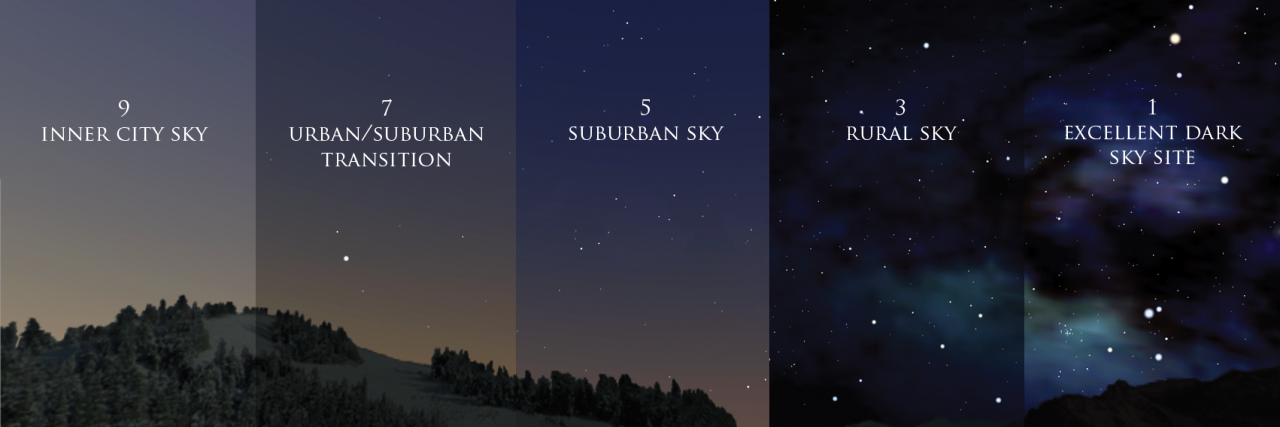


Astronomer. Historian. Author. Small business owner. Arizona native. Proud LGBT American. 🏳️🌈 Retiring to asteroid 14505. Questioning everything; occasionally getting in trouble for it. Toots about #Astronomy, #LightPollution, #DarkSkies, #Satellites, #SciencePolicy, #History and more.
This profile is from a federated server and may be incomplete. Browse more on the original instance.